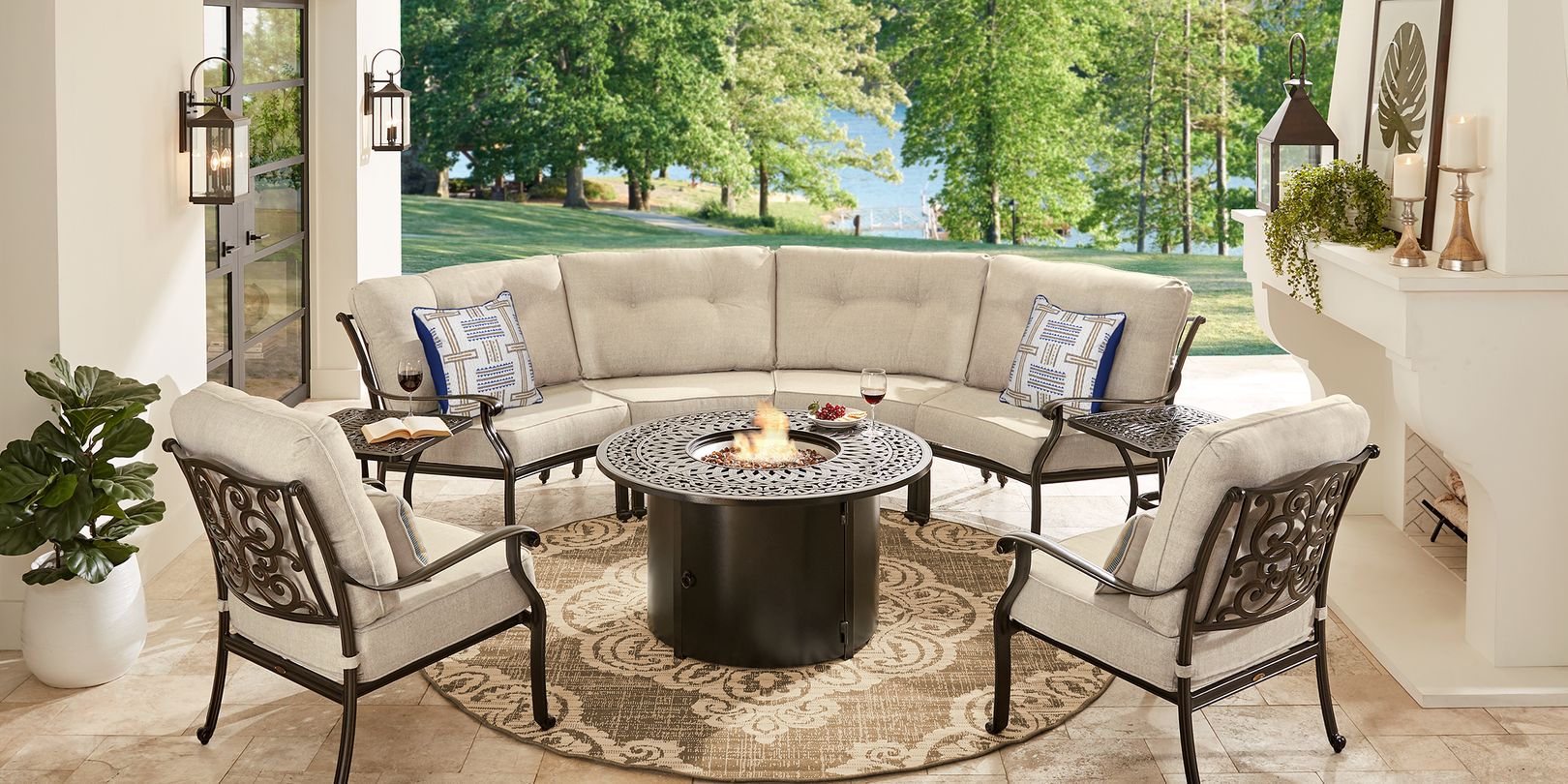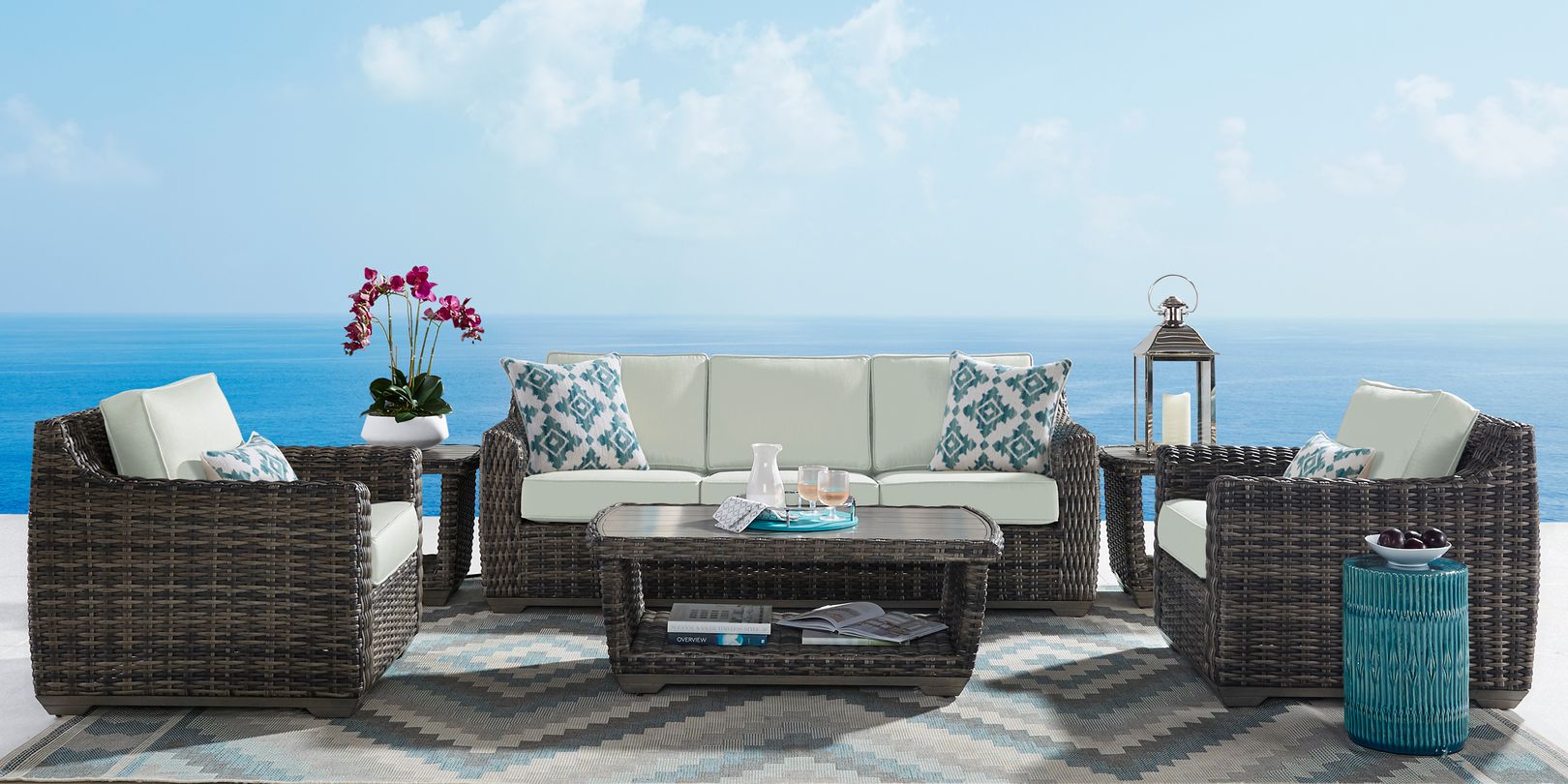Feng Shui Principles

Planning an effective furniture layout involves both practical and aesthetic concerns, which can be a struggle for those looking for the best way to organize their homes. That's why many choose to follow a system or philosophy for guidance. Feng shui is a popular practice that allows you to hone in on specific concepts when arranging furniture and decor.
Feng shui focuses on the connection between people and their living spaces, promoting the idea that your furniture and decor arrangement can affect your creativity, prosperity, wealth and relationships, among other things. The goal of feng shui is to align people with their homes in order to improve the flow of energy, or chi, and create balance with nature.

Feng shui concepts focus on the mindful use of different elements within your design.
The five elements, earth, metal, water, wood and fire, are essential to feng shui. Balancing these components in your interior design evokes harmony, and you can use them to enhance certain aspects of your life. For example, growth and creativity are traits associated with wood, so adding an oak table to your layout balances the elements in your living room and boosts that aspect of your life.
Two more fundamental feng shui principles include the commanding position, which is the spot in the room where you spend most of your time. The other part is the bagua, an energy map that feng shui experts superimpose on your floor plan to understand where to arrange the five elements and optimize flow and balance. Practitioners use these concepts together to map out the layout of your home.
The Effectiveness of Feng Shui

Open patio furniture layouts can encourage connection and communication with others.
Feng shui principles are quite effective. By emphasizing decluttering and organization and focusing on the use and purpose of your space, this practice allows you to create layouts that feel open and energetic while also optimized for your lifestyle.
Feng shui is useful for keeping furniture layouts proportional and balanced in relation to room size and walkways, too. Preventing furniture from blocking doors and being selective about your decor are small actions that create a larger impact. Open pathways and decluttering allow free movement throughout a room, while overcrowded or haphazard layouts often add frustration to your day.
Additionally, organization solutions like shelving and storage benches help keep rooms tidy and maximize space, allowing you to expand your furniture layout and promote conversation and positive vibes. A more open floor plan may also prompt you to entertain family and friends more often, strengthening your bonds with others.

Use feng shui principles to add accessories that inspire creativity and flow.
Developing a feng shui-inspired patio layout can also help you bring natural elements into your design with accessories like lighting or garden sculptures to create a serene outdoor retreat. The proper placement of a fire pit can boost inspiration, while a family-friendly wood patio sectional gives everyone the benefit of fresh air and sunshine.
How to Apply Feng Shui in Everyday Life

Feng shui principles enhance your layout and ensure furniture is proportional to the space.
It's perfectly okay to use feng shui principles in some areas and leave others as they are, based on personal preference. Feng shui's commanding position concept encourages you to think about how you use parts of your home, so you can optimize areas where you spend most of your time and leave other places, like garages or storage areas, organized in a way that works best for you.
To create orderly open layouts, consider the following tips to bring feng shui concepts to different parts of your home:
- Front Porch: A clear, uncluttered path to the front door welcomes visitors and acts as an energy conduit in feng shui. It's also simply smart to keep entrances clear for general access and emergencies. If you have patio furniture on the porch, arrange it so that it doesn't impede people's ability to enter the front door.
- Living Room: Avoid having the backs of chairs facing the doors so everyone can see possible opportunities as they come into the room. Being seated with a clear view of entrances and exits also gives people a sense of security, allowing them to feel comfortable in your home.
- Dining Room:. Feng shui principles suggest placing your dining table at the center of the room to allow better access to seating, free movement and flow. This layout also leaves room for a buffet or curio cabinet so you can make the most of your space.
- Kitchen: A good way to use feng shui in the kitchen is by cleaning out the fridge. You can also clear off the counters so that the area feels open and airy. Decluttered food-prep areas are cleaner and more efficient, so this concept also applies to outdoor dining areas, too.
- Bathroom: Feng shui experts believe bathroom drains can be a source of downward energy. Keep the bathroom door and toilet seat closed to prevent good energy from flowing away from you. This idea makes sense from an aesthetic and sanitation standpoint, too.
- Bedroom: Place your bed in the commanding position with a view of the doorway, avoid bringing a TV into the room and use a soothing color palette to promote restful sleep with fewer distractions.
- Balcony: Feng shui energy maps include outdoor spaces as part of the home. When decorating a balcony, create a cozy atmosphere with outdoor benches or a bistro set that fits the space while allowing free-flowing movement.

Feng shui layouts with harmonious colors, patterns and natural elements effortlessly enhance your space.
If you're looking for an effective approach to decorating and designing furniture layouts, following feng shui principles can help you focus on the purpose of your space. These guidelines encourage you to seek ways to boost your connections with others, feel creative and inspired, and make effective changes that bring positive energy and flow to your home interiors.